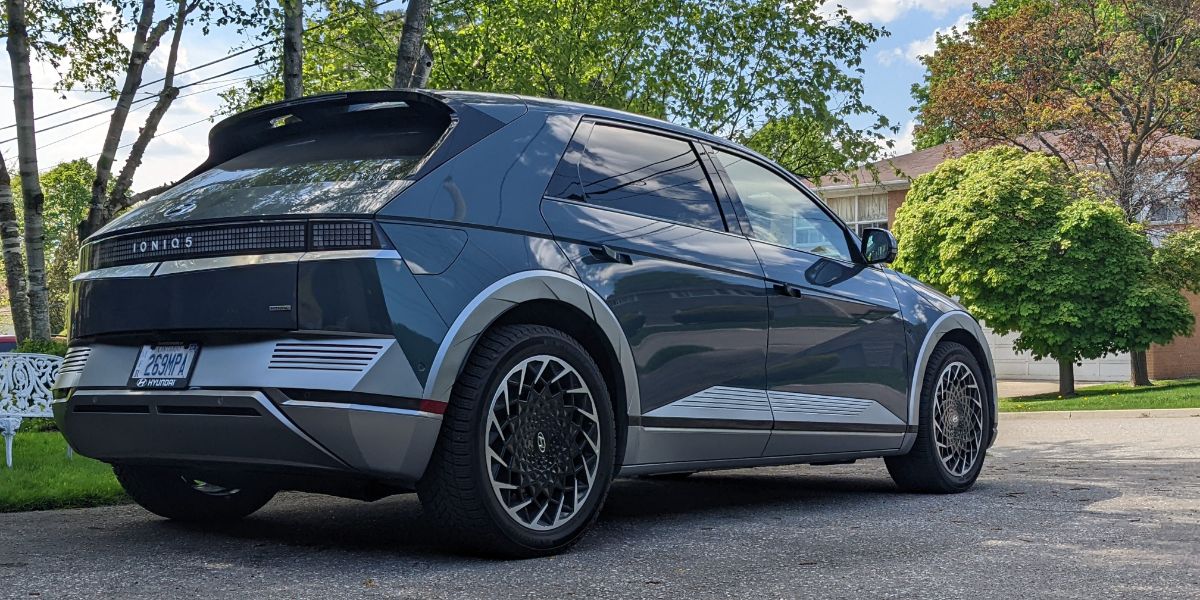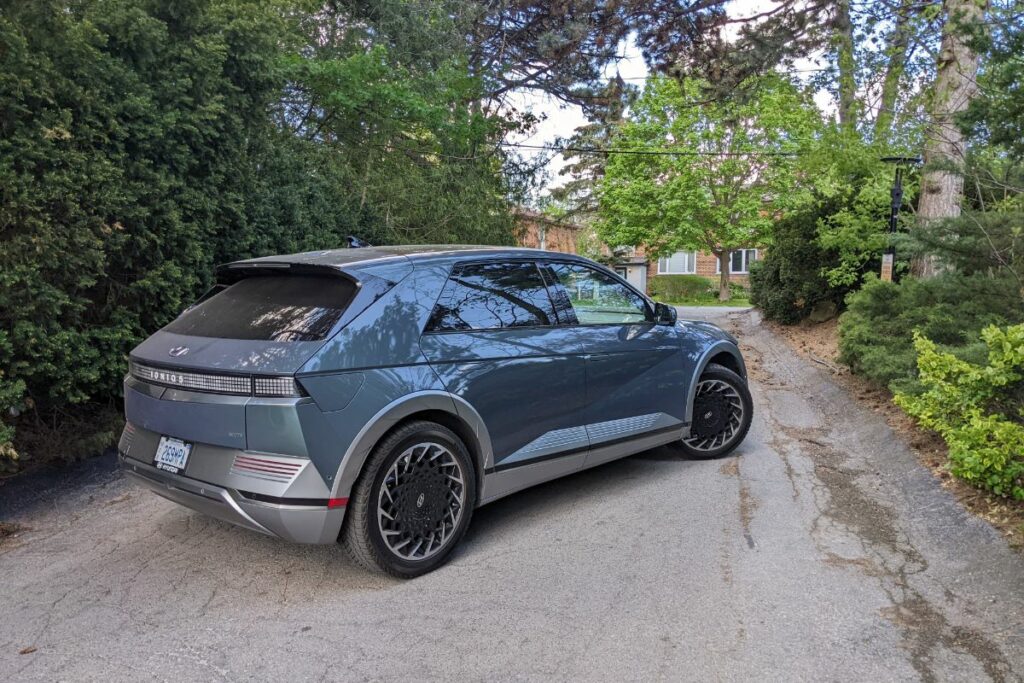
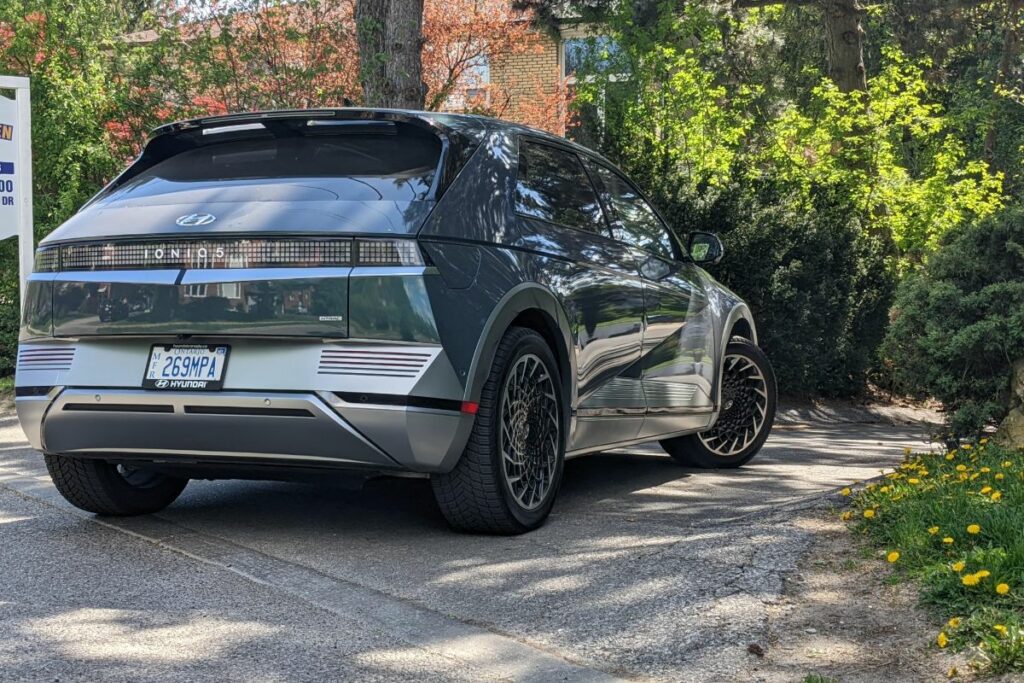
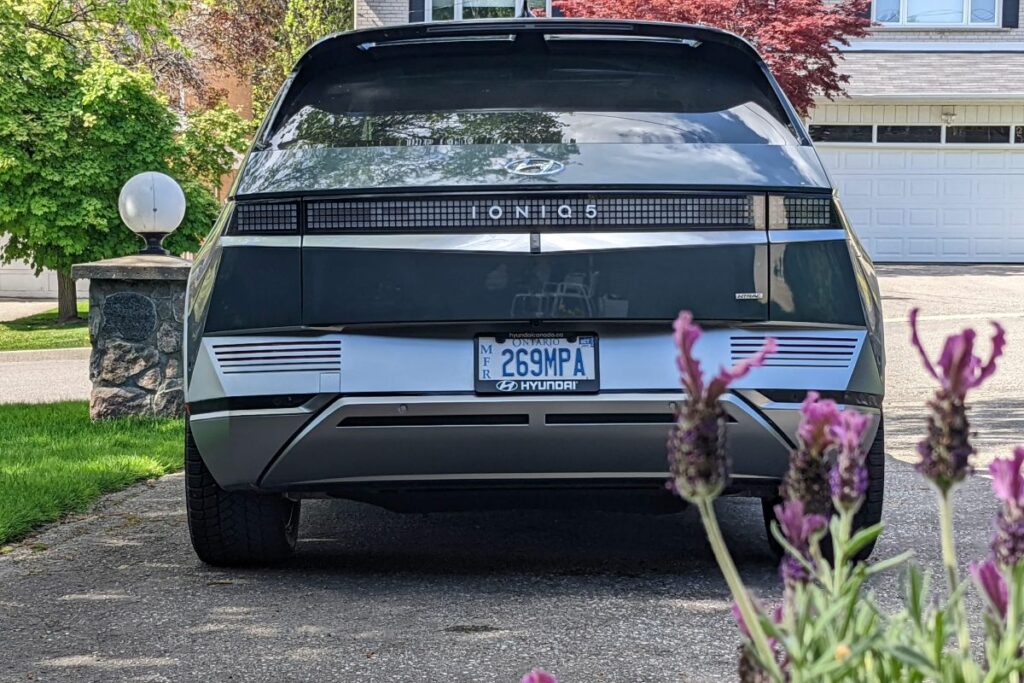
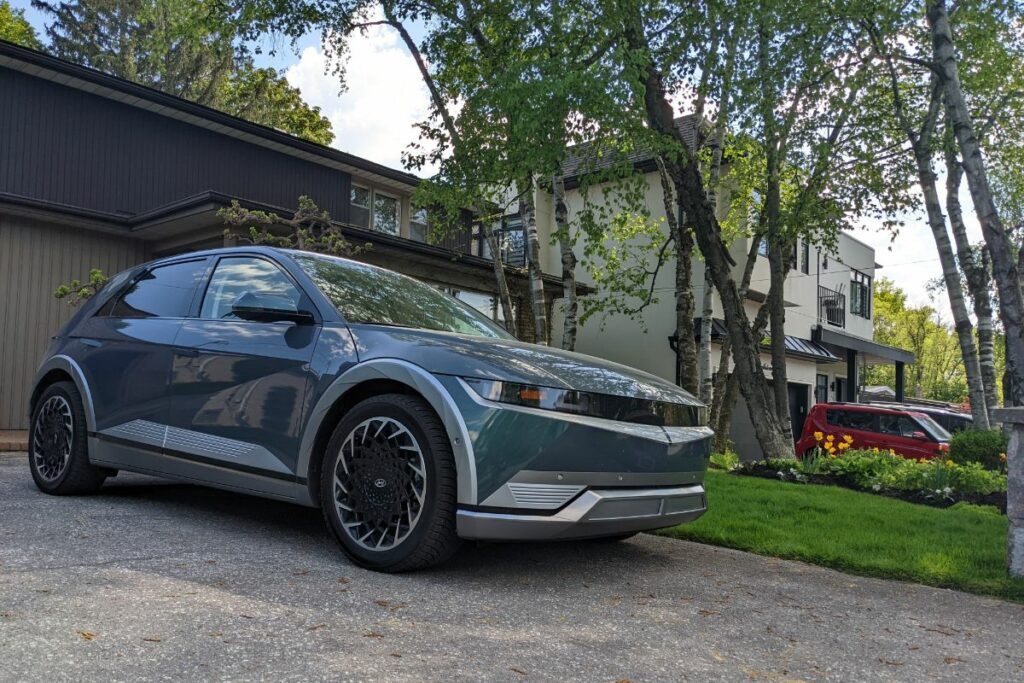
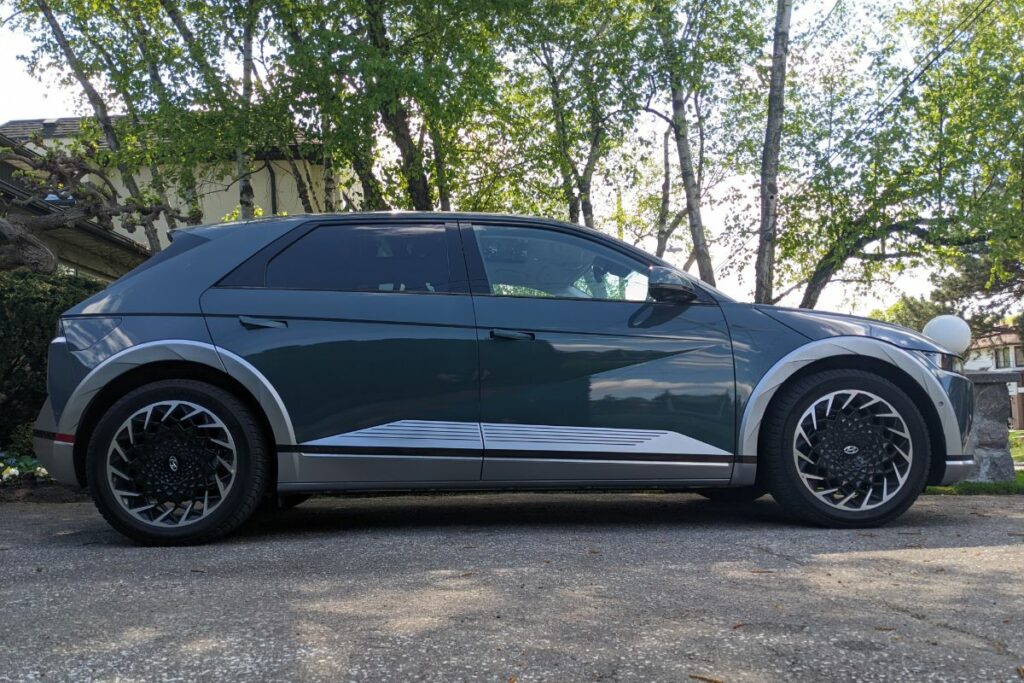
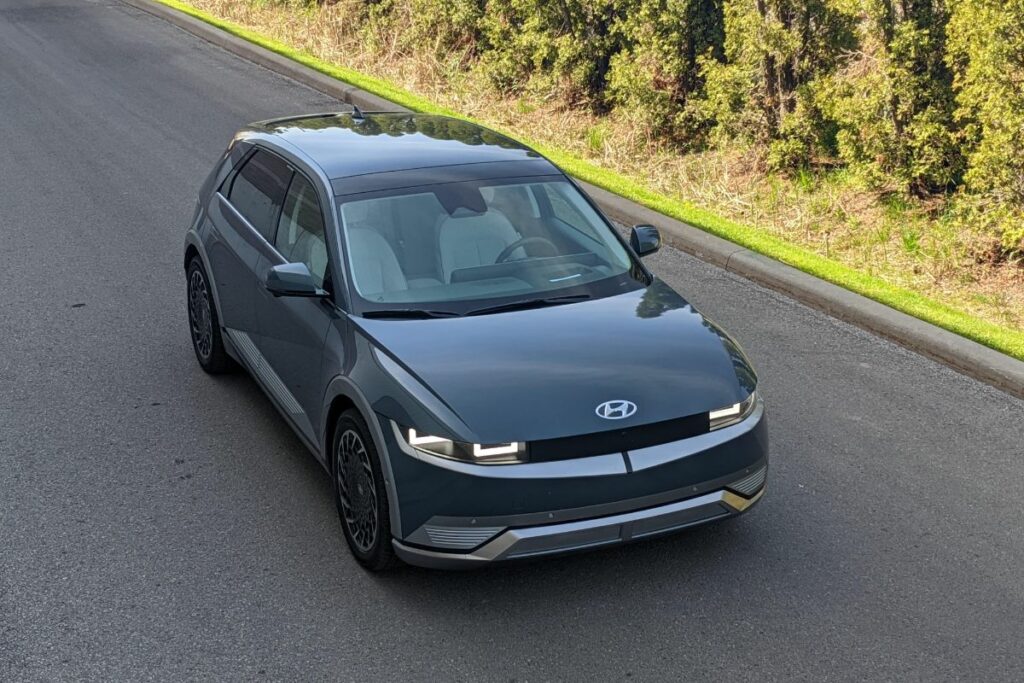
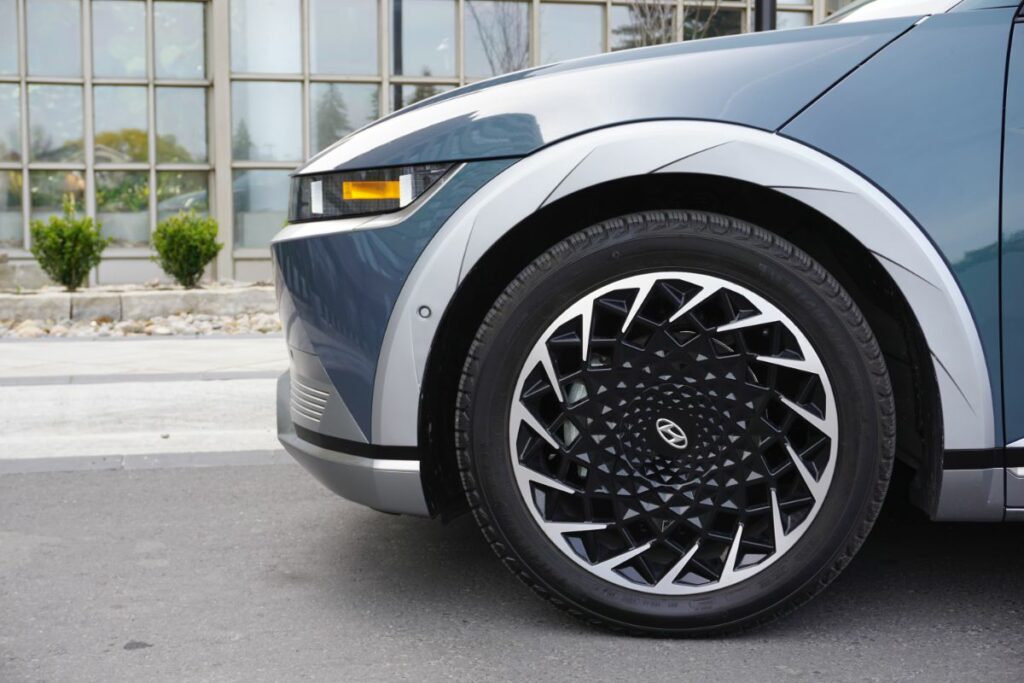
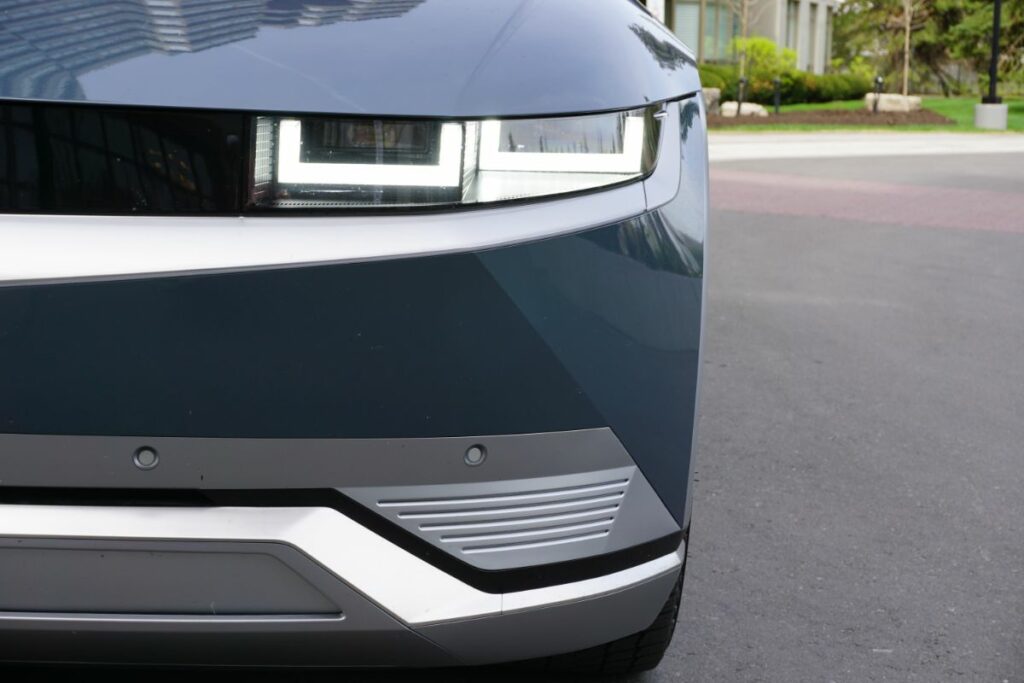
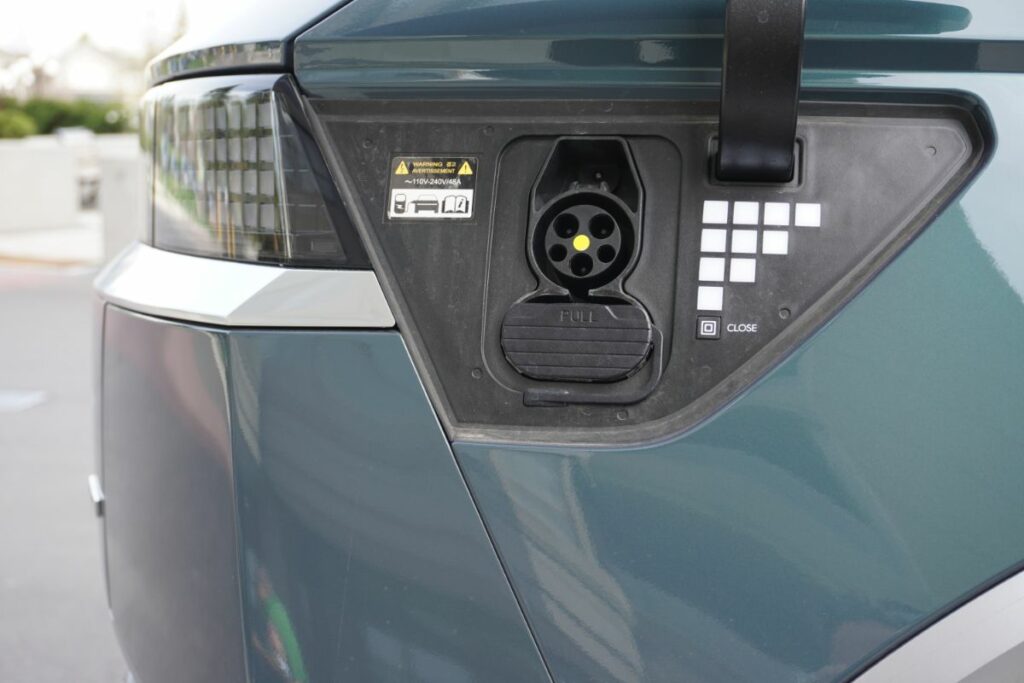
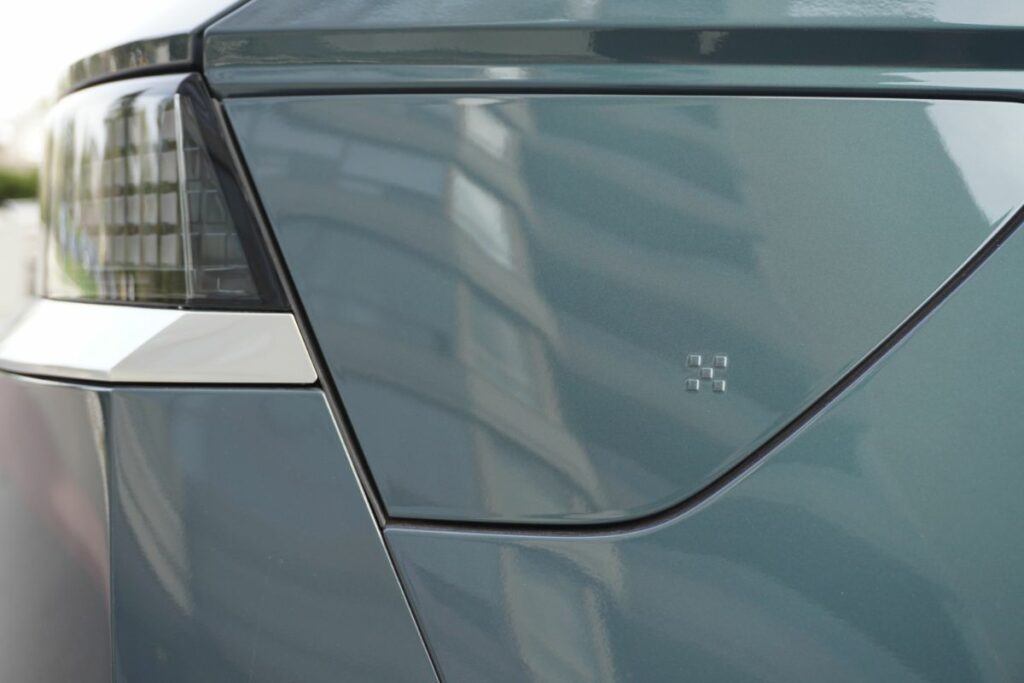
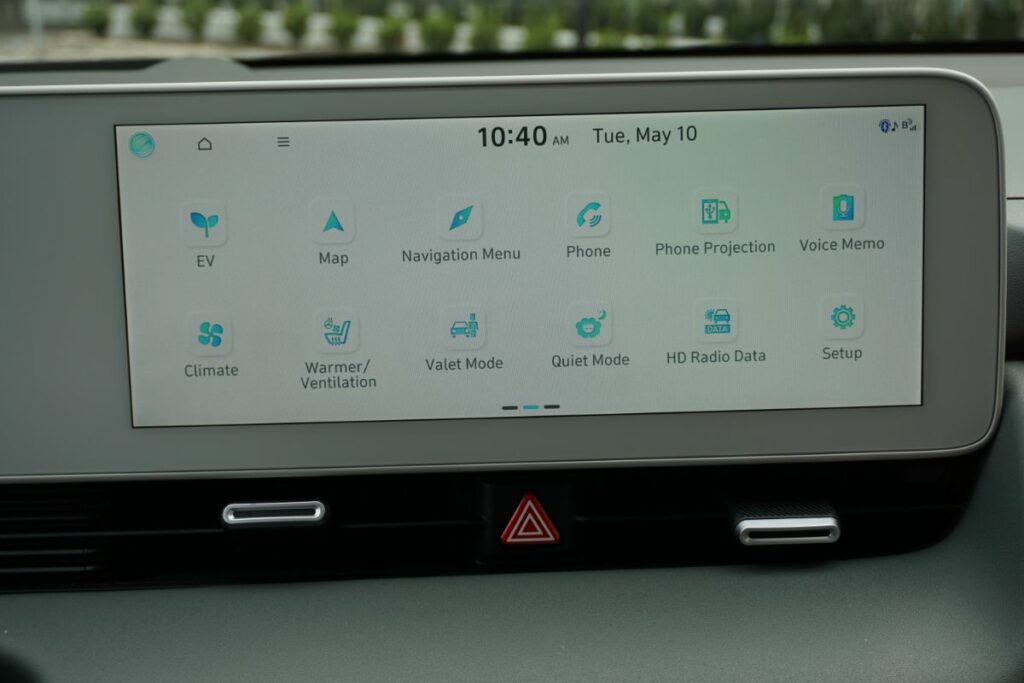
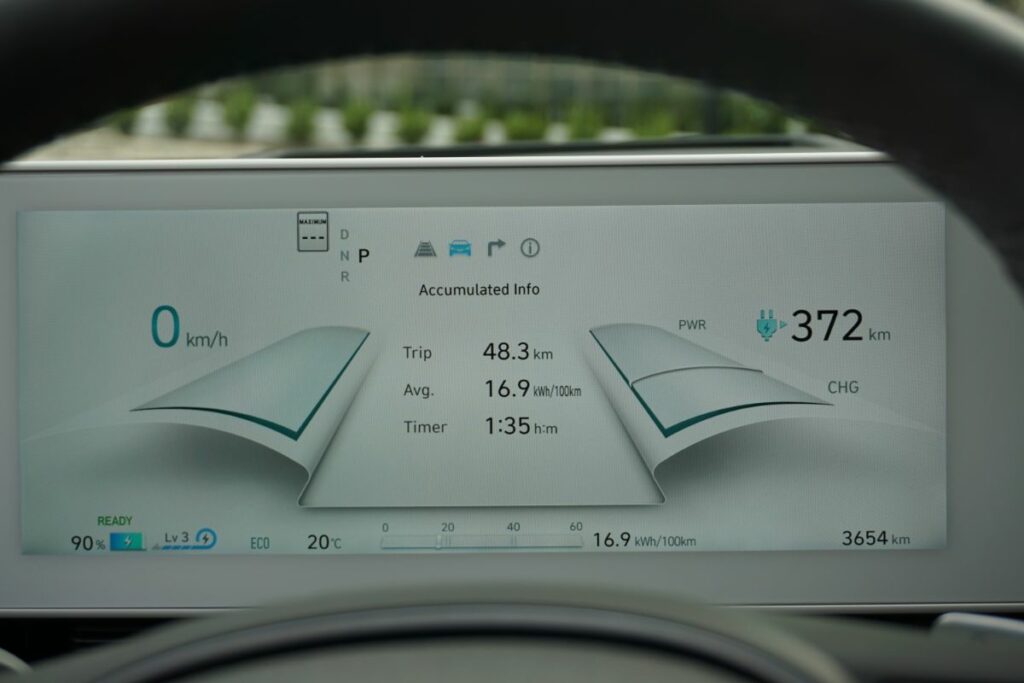
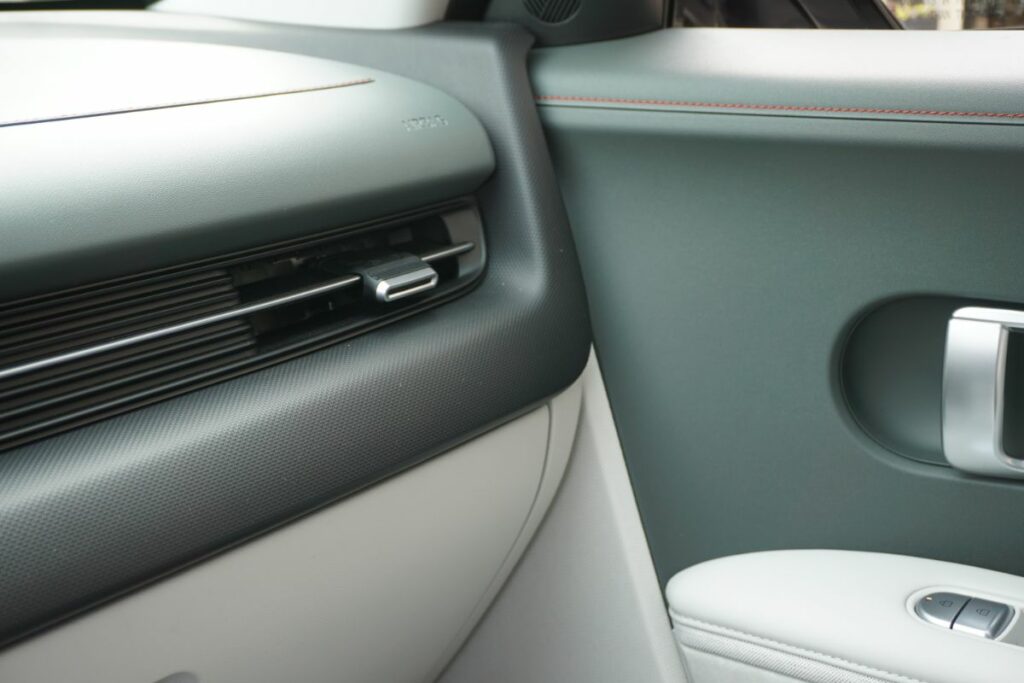
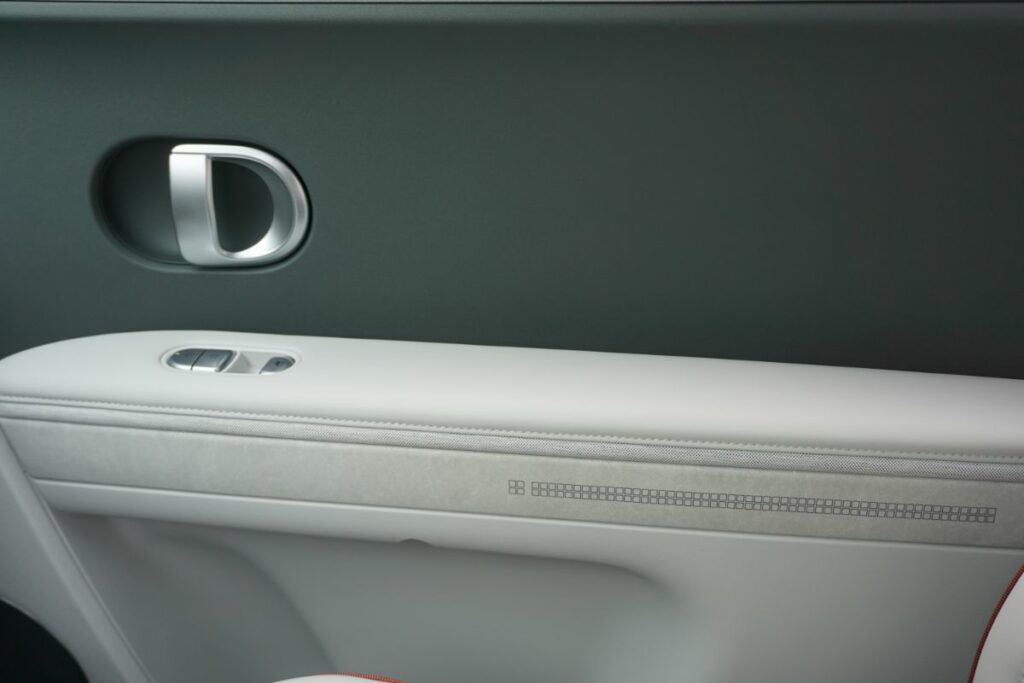
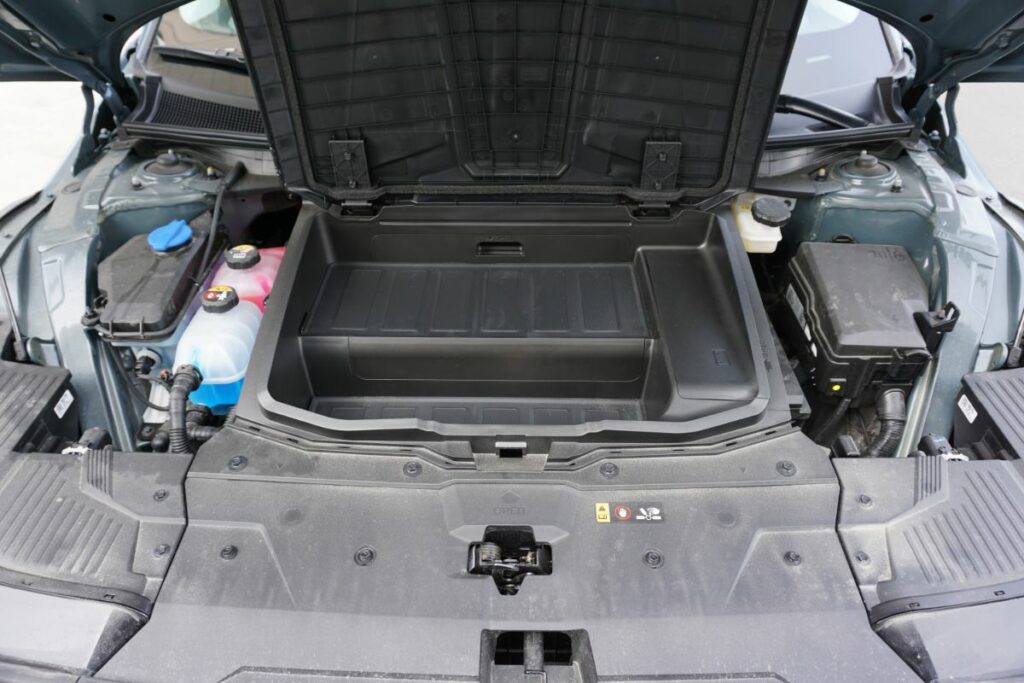

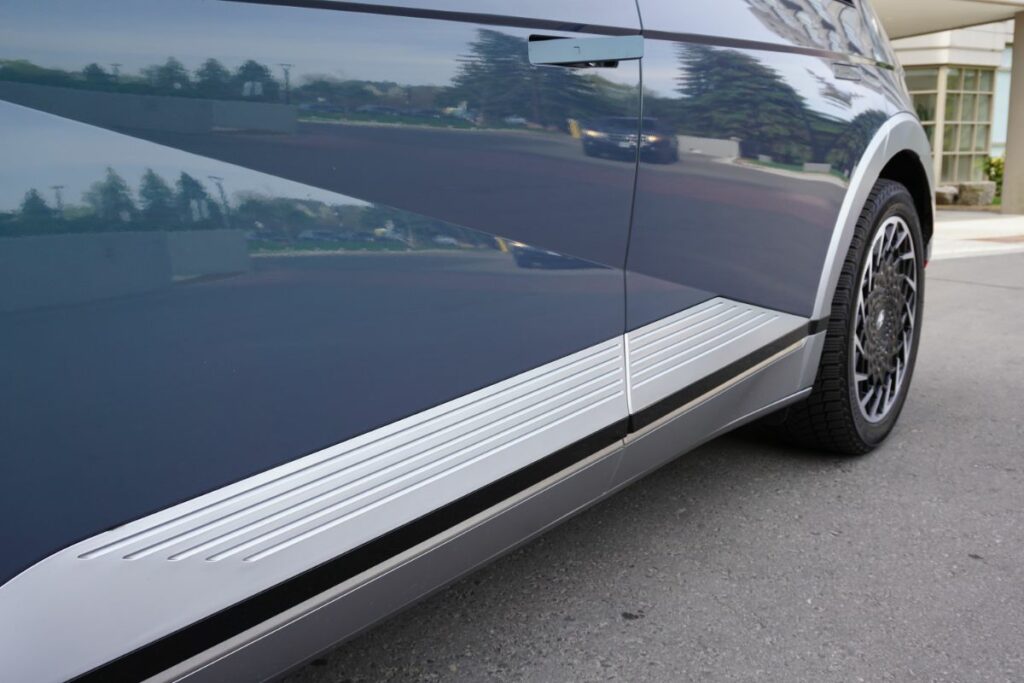
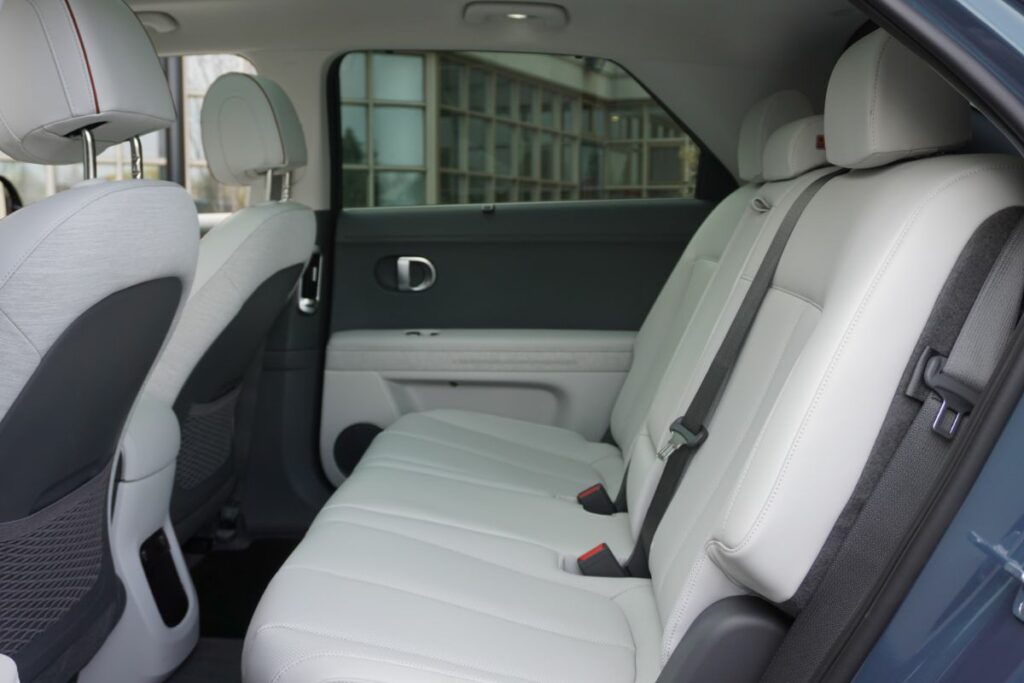

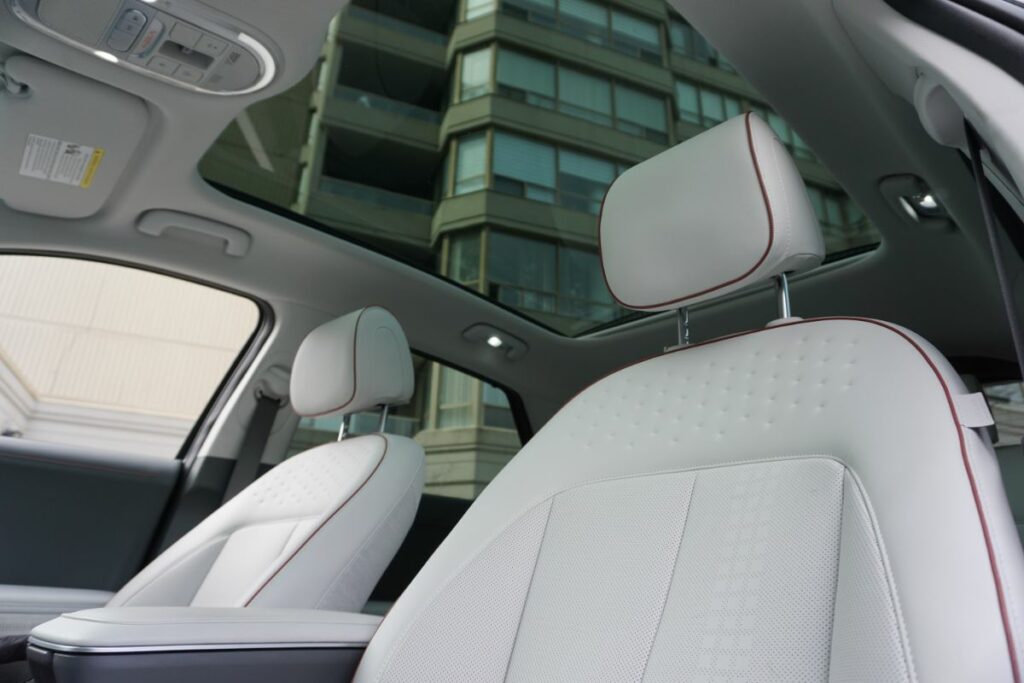
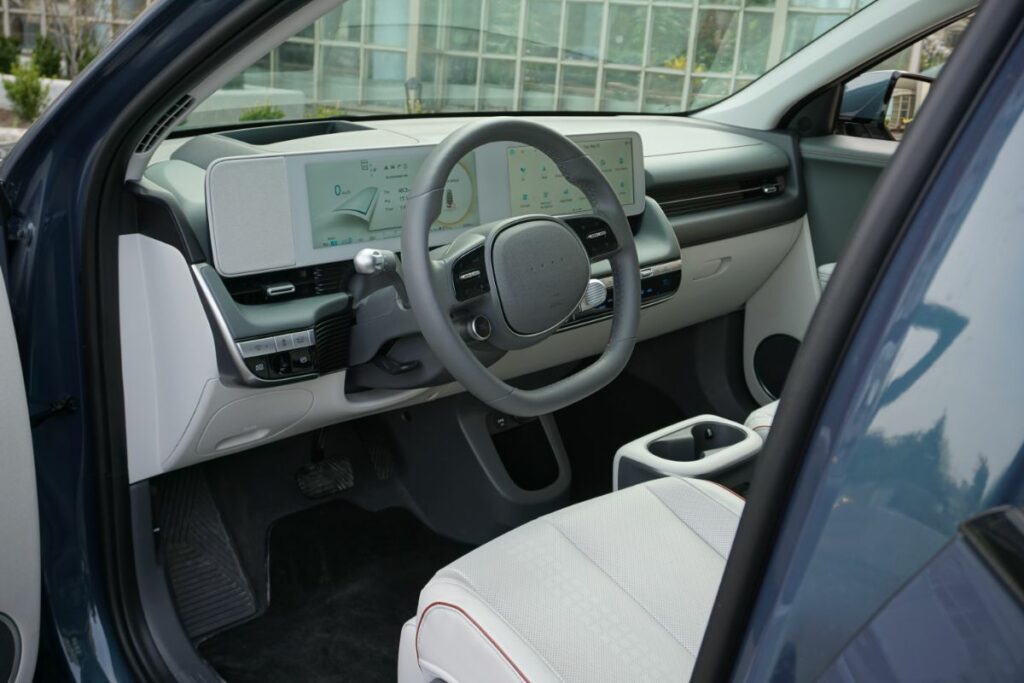
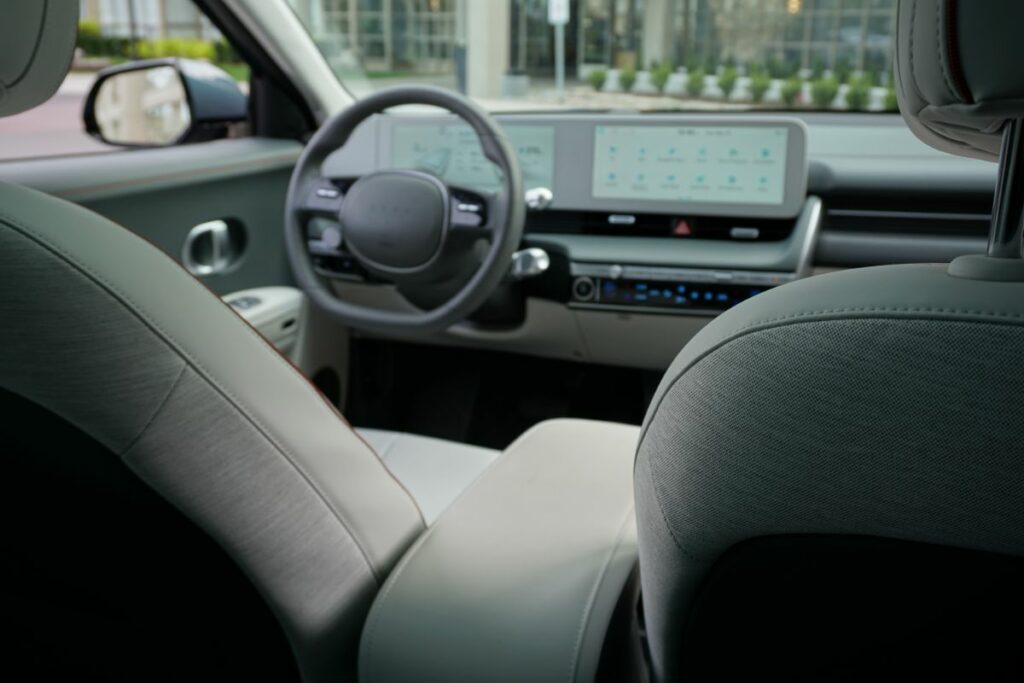
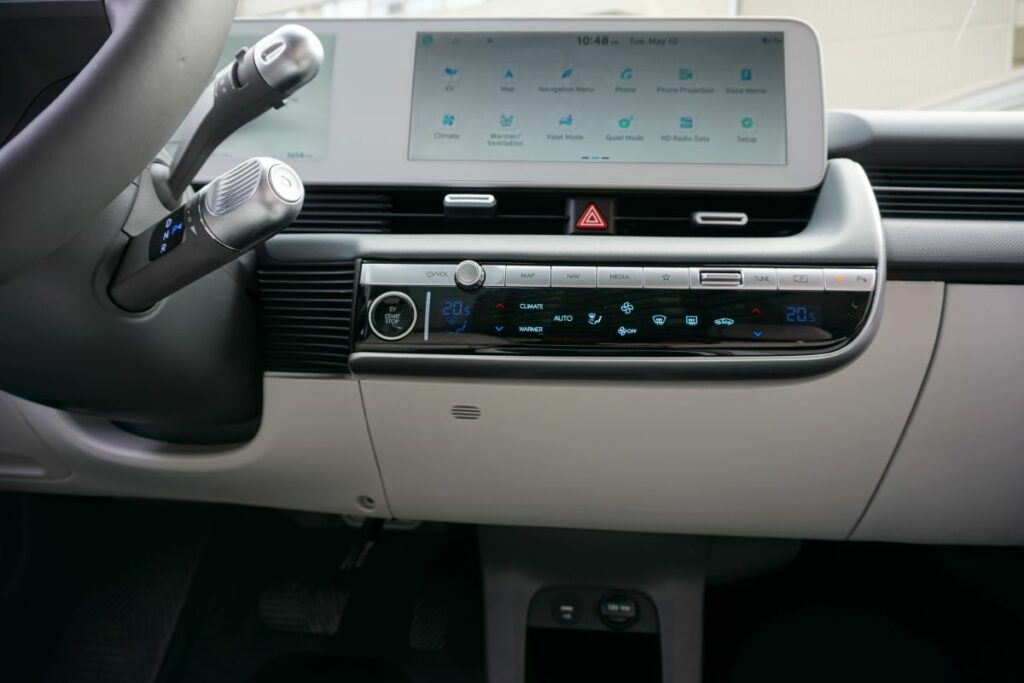























When exchanging pleasantries with one another, we Canadians always have an opinion (usually a complaint, but we digress) about the weather. These days, along with “so when do we think summer will finally arrive?” the conversation inevitably includes the subject of gas prices. These quips range from the exasperated to outright anger aimed at the reality of two dollars per litre and the princely sum that goes along with that (to varying degrees, depending on what you drive) to keep our gas tanks topped up. The alarm bells are ringing loudly. This recent phenomenon coupled with the robust growth of the segment has had a positive echo effect on EV sales in North America; they are up a substantial 60% in just the first quarter of 2022 alone. The old adage of if you want people to change their behaviour you hit ‘em in the pocketbook is certainly proving to be true. With more people looking towards the feasibility of trading gasoline power for electrons, interest has never been higher. With that in mind, we asked Hyundai for the keys to is newest foray into the EV sphere for a closer looIf you’re thinking about making that transition, you’ll need to read this. We have condensed the 5 main talking points surrounding the Ioniq 5 to help you navigate this important decision.
It's A Head Turner
Some electric cars fall victim to the idea that an electric car should look like something that just came out of a time warp from the future. This is not always the best idea because while the stylists who design these vehicles have your best interests at heart, they can end up looking contrived and just plain weird. The Ioniq 5 expertly balances its aesthetics with conventional design cues but with flourishes and details that set it apart from the rest of the Hyundai portfolio. We knew the looks would turn heads- we just didn’t expect it to stop folks in their tracks quite the way it did. The front and rear lighting elements evoked memories of graphics equalizers on the boomboxes we used to cart around in the late 1980s, and the Zorro inspired detailing along the sides make it stand out from the rest of the vehicular riff raff. We think it’s a home run and proves that electric cars needn’t look like a melted computer mouse (*cough-cough* Tesla Model Y.) Painted in a very slick optional hue called Digital Teal, it gave us the same vibes of the Mustang Cobra we drove back in 1999 with its unique Mystic paint job which would appear to change colours depending on how light the surface of its body panels. Sharp eyed readers will note that the Ioniq 5 is blessed with a generous amount of wheelbase which makes for a very comfortable environment for all aboard to stretch out in comfort. And with all the weight of the batteries mounted in the floor which lends a wonderfully planted feel, the Ioniq 5 rides beautifully and handles crisply.
It Has Good Range, And It Charges Really Fast
When the Ioniq 5 is fully charged, Hyundai claims that you can travel 414 kilometers before you’ll need to stop for a charge. That amount is more than enough for commuting and errand running, and only those with far flung destinations will need to plan accordingly. We noticed that with the adjustable regenerative braking in its most aggressive setting (making one pedal driving possible) coupled with a deliberately relaxed pace mandated by the driver actually showed some bonus kilometers being added back into the total range available which was quite pleasing. But where the Ioniq 5 giveth, it also taketh away, because during a mini heat wave we used all the A/C’s capability along with the standard cooled seats which saw us worryingly eat into the available range. We selected the Eco drive mode which not only dulls throttle response but also stipulates that the climate control system does not perform as effectively as it does in Normal. Those who suffer from internal thermostats which run very hot or very cold will need to learn to compensate but this is something owners will surely get used to.
One of the best attributes of the Ioniq 5 reveals itself when the battery is fully depleted and its time to charge up. Anyone who has been forced to wait at a Level 1 or 2 charger while their EV sucks up the juice- made worse if it is freezing cold or raining- will tell you that this is perhaps the worst part about the electric vehicle ownership experience. That’s assuming you are at a charging station that is not queued up with other EV drivers needing electrons, and that the charger is not broken or refuses to accept your method of payment. Plentiful complaints levied at our weak charging infrastructure notwithstanding, Hyundai made a brilliant move by fitting the Ioniq 5 with 350-kW fast charging capabilities; only the megabuck Porsche Taycan, Audi E-Tron GT and the Lucid Air offer the same. In the real world, Hyundai says that you can go from a battery with only 10% of charge remaining to 80% in a whisker shy of 20 minutes, which is the prefect amount of time to grab a coffee and use the restroom when taking breaks along your favourite road trip route. Those charging at home using a 240-volt unit will appreciate that a nearly empty battery will replenish itself in just under 9 hours, which means that your Ioniq 5 will likely require spending only one night per week at the charger. Plugging it in before you go to bed will ensure that driver and car alike can rise and shine to a full charge.
There’s A Version Of The Hyundai Ioniq 5 That Is Perfect For You, and Each Version Is Thoughtfully Priced
Our tester, which is the full zoot Long Range AWD Ultimate model you see here, is the one we would get and for one primary reason: it is the quickest version Hyundai currently makes (we’ll revisit that point a little later) because we believe horsepower is perhaps the most underrated safety feature- and lots of it makes for plenty of grins per kilometer, a very important metric here in the Carpages Garage. There is a Long Range RWD drive model that tops all Ioniq 5 models with the most range at 488 kilometers and Standard Range RWD guise at the other end of the spectrum which offers the least amount of range (354 km) and power (168 horsepower.) That one is perfect for those who don’t typically venture too far out of the city limits, if at all, and it still makes meaningful poke to help it navigate the cut and thrust of urban traffic. The Tesla Model Y, which would seem to be the competition most cross shopped alongside the Ioniq 5, is more expensive, less commodious for passengers and their stuff and is screwed together prioritizing speed over attention to detail- the Hyundai is vastly superior when it comes to quality of fit and finish. Plus, the 5’s fully digital displays are nicer to look at and we didn’t notice any lag in executing commands.
It's A Commendable First Effort Into The EV Space From Hyundai, But It Ain’t Perfect
The Ioniq 5 was not immune to our curmudgeonly gaze, and we did find stuff to complain about- although it should be noted that there isn’t much to ruin anyone’s day and we would rather live with some of these minor annoyances than deal with interior panels randomly detaching themselves and exterior panel gaps large enough to accommodate index fingers like we have seen from Team Tesla. Perhaps the most egregious misstep we observed was the lack of a rear wiper. Thankfully, our week spent in the Ioniq 5 was in favourable weather save for a little rain. In the winter, when everything on a vehicle’s derriere is coated in a thick layer of road grime and salt, this would be of greater concern. Throwing on the rear defogger will eliminate snow and slush that builds up on the steeply raked rear glass, but that will eat into available range unfavourably when a quick swipe of a wiper would have sufficed. The steering feel, or utter lack thereof, feels like a video arcade game from the 90s (remember Ivan ‘Ironman’ Stewart’s OFF-ROAD game? Yeah, it’s like that) and is connected to a front axle that does not allow for tight maneuvering in small spaces. The interior styling won’t hold a candle to the outside’s daring looks and appears slightly bland and astringent in contrast.
Need More Speed? There’s An N Version In the Works
By now you have no doubt heard of Hyundai’s nascent performance sub brand known simply as N. They breathe magic into the workaday vehicles from the Hyundai lineup into rip snorting little things that are huge, unapologetic fun. Since high performance EV offerings are a relatively new concept ushered in by the likes of Tesla’s Plaid models, the Porsche Taycan Turbo S and the Mustang Mach-E GT, Hyundia’s timing to unleash a friskier EV is on point. Details are scant as you read this, but Kia has hinted there will be a GT version of its EV6 model (identical to the Ioniq 5 under the skin) that will bring close to 600 horsepower to the table. If Hyundai follows a similar script similar to its hotter gasoline powered cars the uber-Ioniq 5 will have upgraded brakes and suspension needed to tame all the extra oomph. There will be distinctive interior design as well as some flair for the dramatic found in the exterior styling as well. The great thing is that higher performing EVs usually offer the possibility of increased range compared to their more pedestrian counterparts. No one ever said our Ioniq 5 tester felt pokey- in fact, with Sport mode engaged it felt downright quick- but we have never met a more powerful version of a good car we didn’t like.
So- will you wait for the N-massaged model or do any of the current Ioniq 5 variants speak to you? Now that you posses the crucial takeaway intel on Hyundai’s foray into the EV space, the decision is yours, but you can’t go wrong either way. If Hyundai can maintain this trajectory of developing compelling EVs right out of the gate, they are going to become a force to be reckoned with; Elon Musk should be very worried.
2022 Hyundai Ioniq 5 Long Range AWD - Specifications
- Price as tested: $62,024
- Body Type: 5-door, 5 passenger sedan
- Powertrain Layout: Front and Rear Electric Motors/All-Wheel Drive
- Power Source: FRONT- permanent-magnet synchronous AC, 99 hp
- Power Source: REAR- permanent-magnet synchronous AC, 221 hp
- Battery Capacity/Type: 77.4-kWh lithium-ion
- Total Horsepower: 320 @ 0 rpm
- Total Torque (lb-ft.): 446 @ 0 rpm
- Transmission: 1-speed direct drive
- Curb weight: 2,380 kg (4,687 lbs)
- Observed Energy Economy: 16kWh/100km
